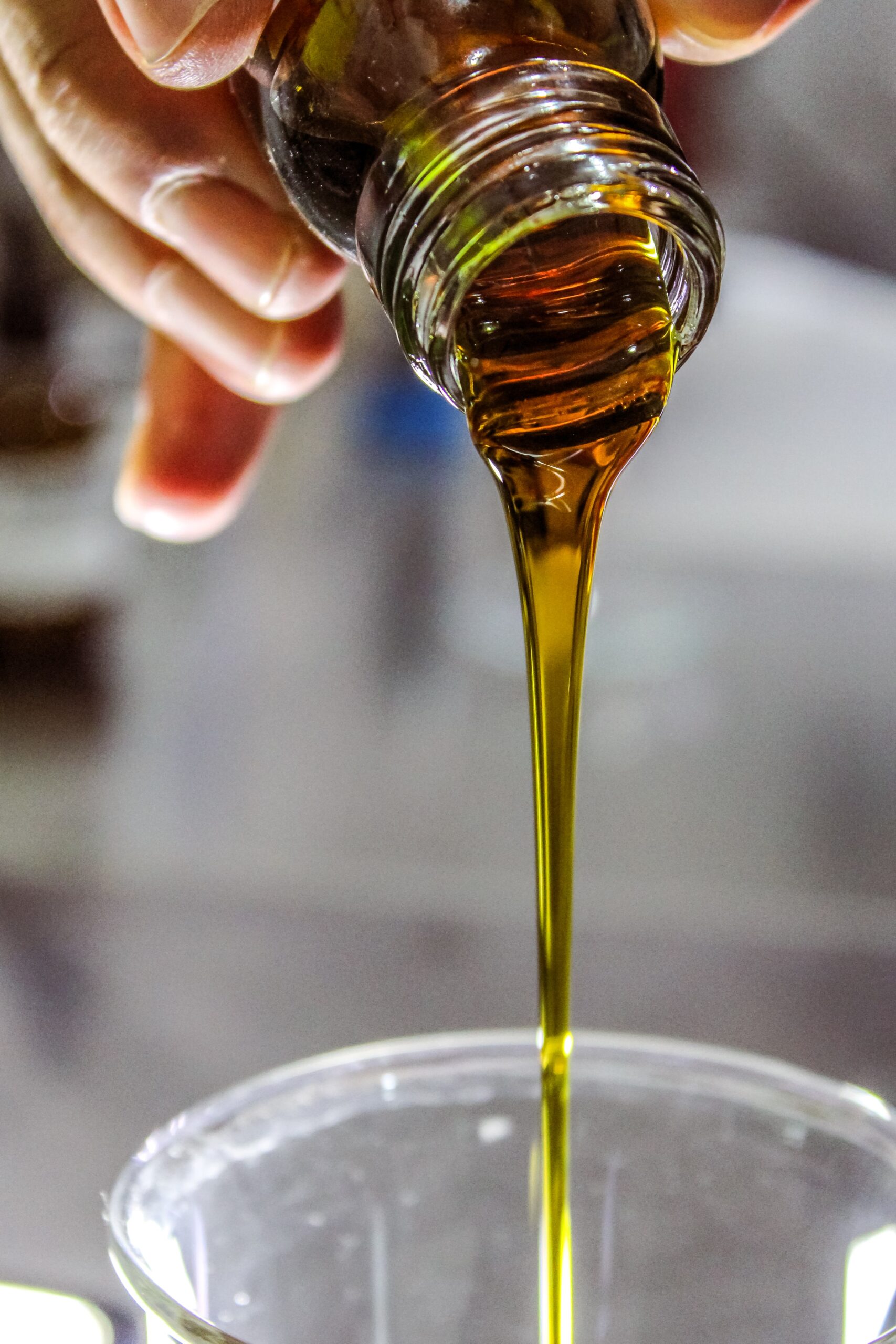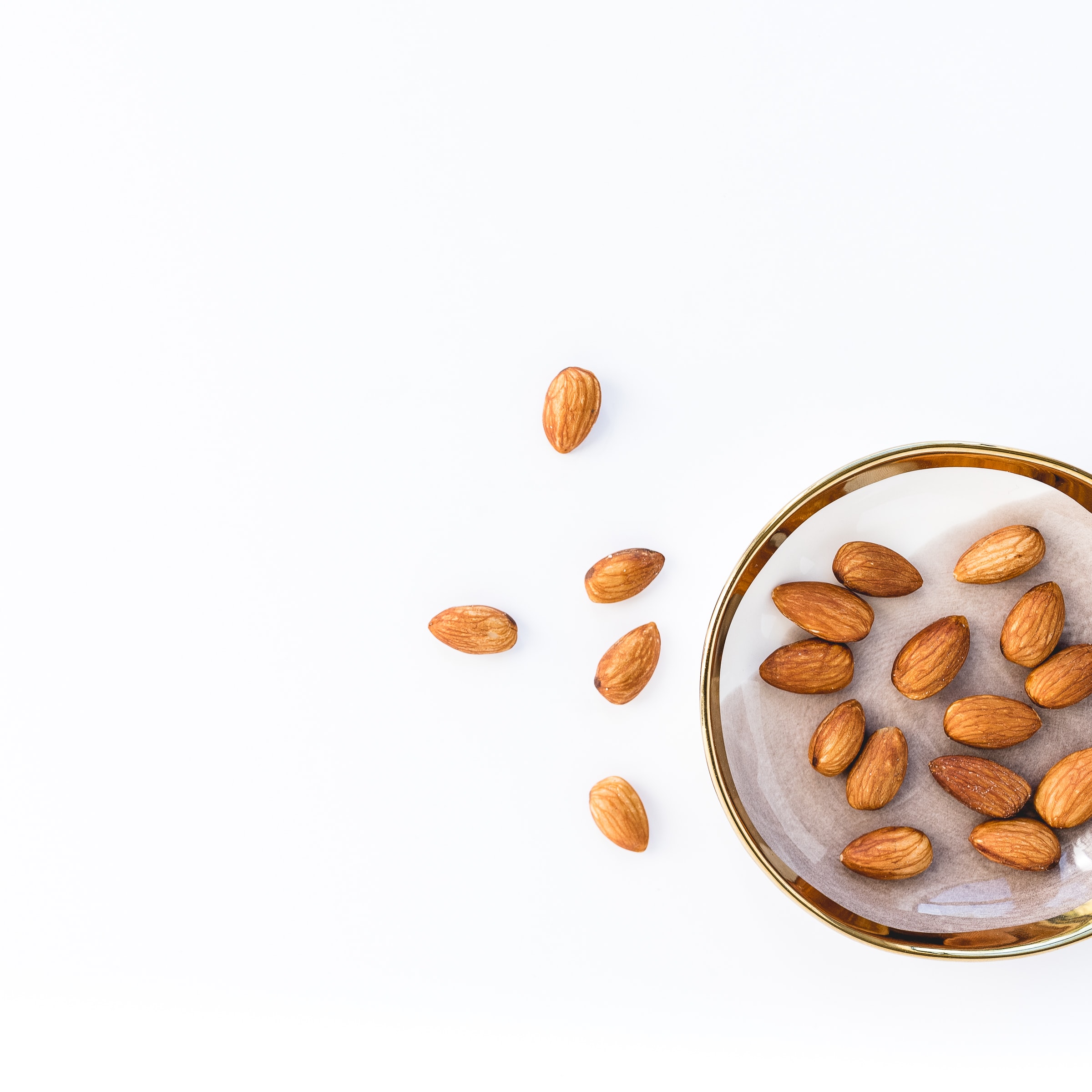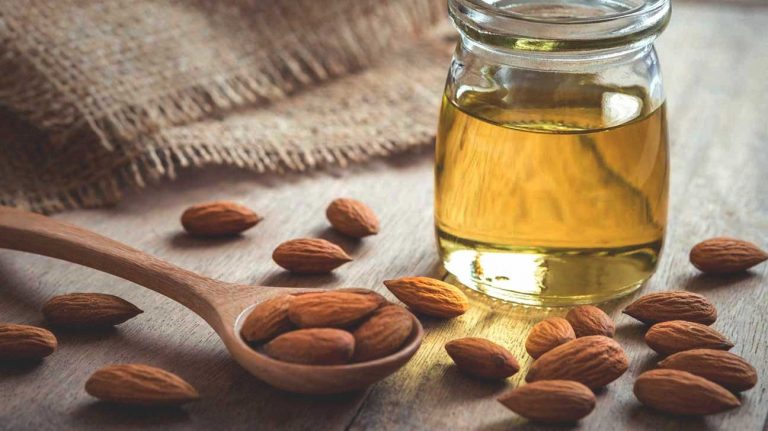Tree nuts are invaluable in whichever form they are. Their value, like with any product that undergoes value addition, increases. Value addition gives a raw product a new life as its final state can be of specific use alone or combined with other ingredients or elements.
One of the products obtained from tree nuts is their oil. Tree nut oils have edible and non-edible applications. They are used in salad oils, in cooking and other food applications, in massages and as lubricants, as emollients in pharmaceuticals, and in cosmetics, soaps, shampoos and hair conditioning/repair products, skin lotions, and other cosmetic products.
According to Kamal-Eldin & Moreau (2009), before oil extraction, the nuts first need to be removed from the shell and then from the husk. The nut oils differ in their oxidative stabilities, which dictates the processing and storage conditions that are applied to each nut. Nut oils are also extracted from the nuts by supercritical fluid extraction (SFE), using compressed carbon dioxide in wide temperature and pressure ranges.
Screw-pressing is also suitable to achieve high oil recovery and good quality standards, but seed materials should be conditioned appropriately. Seed moisture content and pressing temperature are key variables to enhance oil recovery.
Shahidi & Peng (2020) state that tree nut oils are primarily composed of triacylglycerols, but also contain diacylglycerols (DAG), monoacylglycerols (MAG), free fatty acids (FFA), and other minor components, including natural antioxidants and fat-soluble vitamins. The chemical composition of edible fats and oils largely determines their stability, quality, nutritional value, sensory properties, and potential health effects.

Generally, the monounsaturated fatty acids (MUFA), predominantly oleic acid, are the major fatty acids present in tree nuts oil, followed by polyunsaturated fatty acids (PUFA) and small amounts of saturated lipids. Besides, tree nut oils contain abundant bioactive components including phytosterols, carotenoids, tocols, phospholipids, and sphingolipids. And as the major antioxidants in tree nut oil, the content of carotenoids and tocols remarkably affects the oil oxidative stability, as well as the degree of unsaturation and pigment content.
Popular tree nuts utilised for their oil include almonds, walnuts, Brazil nuts, hazelnuts, macadamias, pecans and pistachios.
According to Gong & Peng (2015), harvested tree nuts must be cleaned, sorted, and shelled before oil expression. Foreign materials including leaves, stems, dirt, stones, and metals may increase the wear of processing equipment and impart an adverse attribute to oil quality. Nuts of poor grade or those moulded will also reduce the quality of oil products and therefore should be removed in advance.
Nutshells contain very low amounts of fat and have a tendency to absorb oil if they are pressed along with the nut kernels during oil expression. In addition to this, nutshells of selected tree nuts may offer unique industrial importance. For instance, pecan and walnut shells can be further processed to obtain activated carbon, while toxic cashew nutshell liquid (CNSL) from the cashew shell can be important in various industrial applications.
Nut cleaning equipment usually combines gravity and air separation by means of screens and fans to separate nuts and foreign objects by their size and density. The nuts will first be sifted by a screen with a mesh size equal to the desired nut size. This allows larger debris to be retained on the screen while nuts and smaller objects fall through. Then, the smaller debris can be screened out by running the material from the first step through a second screen with a smaller mesh size.
Yet, stems and debris of the same size as the nuts may still be present. One last cleaning step is air blowing, which separates the lighter particles from the heavier nuts. After cleaning, tree nuts are then dried using circulating air, or can be roasted at around 195 °C for 10 to 20 minutes to bring a roasted flavour to the final oil products.

Traditionally, nutmeats were prepared by hand cracking, which is labour-intensive, tedious, and relatively time consuming. Shelling equipment was then designed and is used for large-scale processing. There are various designs for a shelling machine; a common working scenario employed in manufacturing is a universal centrifugal sheller. This unit is simple in design and allows for a continuous processing flow.
Unshelled nuts are fed through a hopper and thrown by high-speed rotary paddles against the solid chamber of the machine. The speed can be adjusted to accommodate the size and weight of different nut types and can apply the right amount of force to crack open the shell without damaging the kernels. Nutshells are then separated by an aspirator or a vacuum from the cracked pieces.
References
(Picture) Health Benefits of Almond Oil Available at: https://imagesprod.healthline.com/hlcmsresource/images/AN_images/almond-oil-andalmonds-1296×728.jpg
Clark, J. P. (2002) Processing Tree Nuts. Available at: https://www.ift.org/news-and-publications/foodtechnology-magazine/issues/2002/june/columns/processing
Nut Products. Available at: https://www.sciencedirect.com/topics/agricultural-and-biological-sciences/nut-products
Kamal-Eldin, A., Moreau, R. A. (2009) Tree Nut Oils. Available at:
https://doi.org/10.1016/B978-1-893997-97-4.50009-7
Shahidi, F., Peng, H. (2020) Tree Nut Oils. Available at: https://doi.org/10.1002/047167849X.bio046.pub2
Gong, Y., Pegg, R. B. et al. (2017) Chemical and nutritive characteristics of tree nut oils available in the U.S. market. Available at: https://agris.fao.org/agris-search/search.do?recordID=US201700263050
Gong, Y., Pegg, R. B. (2015) Tree nut oils: Properties and processing for use in food. Available at: https://www.researchgate.net/publication/280115364_Tree_nut_oils_Properties_and_processing_for_use_in_food









